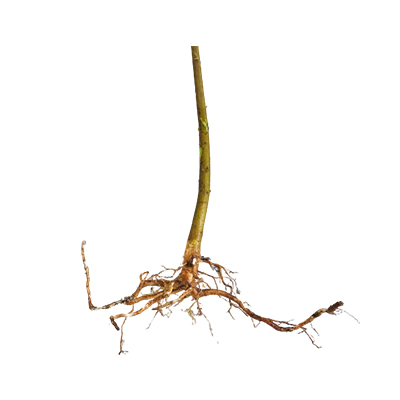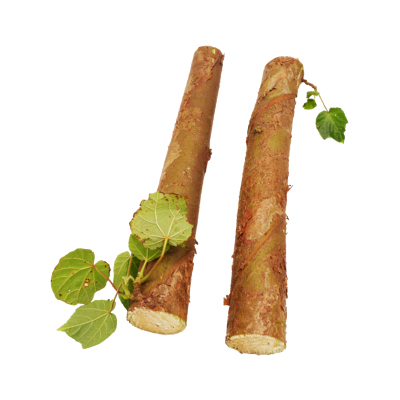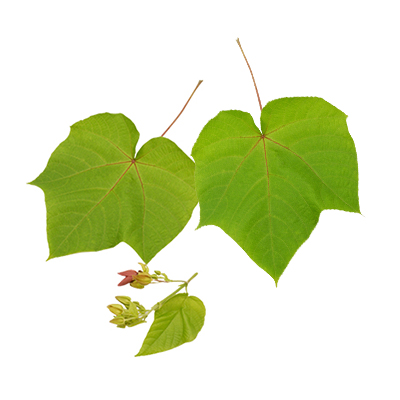Devil’s cotton
Abroma augustum (L.) L.f.
Malvaceae
Location in our garden
Principal
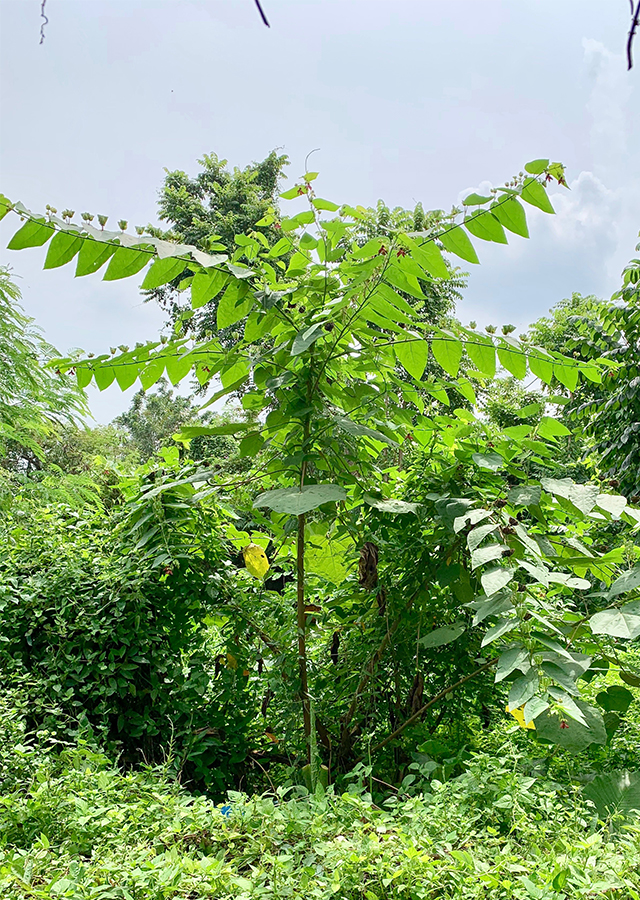
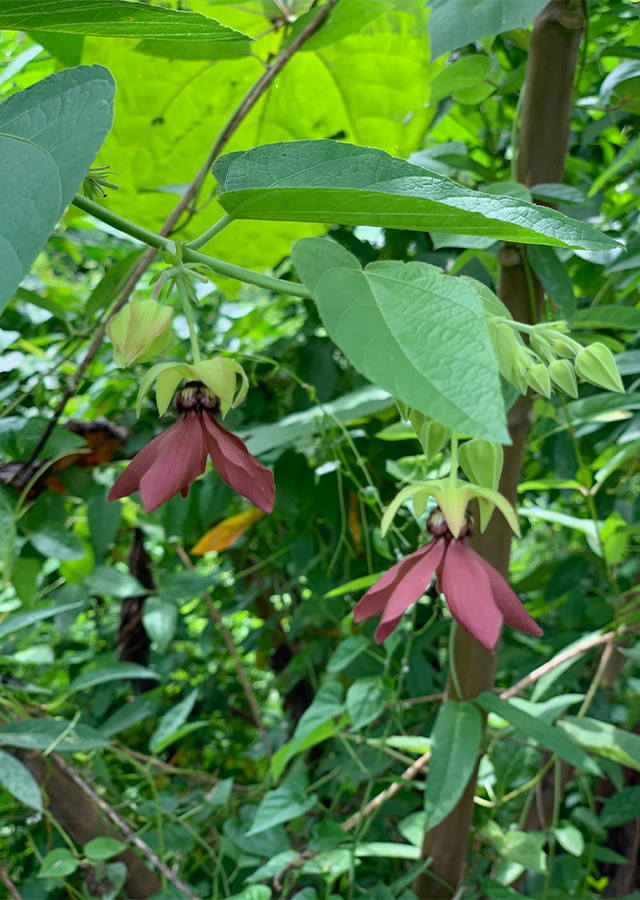
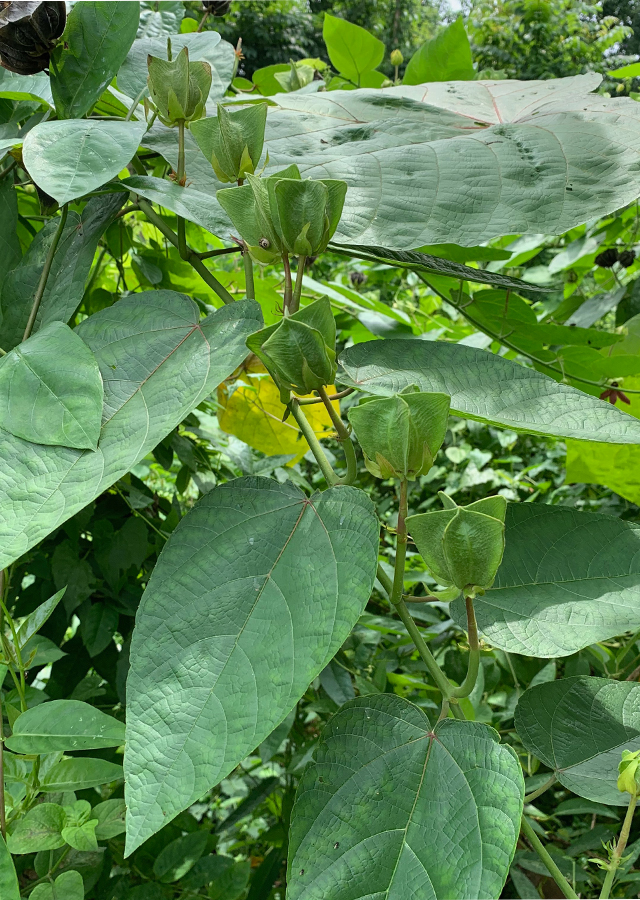
Synonym
Abroma alatum Blanco
Abroma angulatum Lam.
Abroma angulosum Poir.
Habitus
Shrubs. A large, spreading evergreen perennial shrub or small tree, sometimes growing up to 10 m tall, but more generally 1 - 4 metres when in cultivation.
Part Used
Leaves
Bark
Roots
Sap
Stem
Growing Requirements
Full Sunshine
Habitat
Riverbanks
Forest
Grassland
Overview
Devil’s cotton is one of the herbal medicinal plants, widely used for treatment of various maladies. It's native distribution was India to South-East Asia, Northern Australia and the Solomon Islands. The leaves and stems are covered with soft bristly hairs that are very irritating to the touch. A high quality fibre is obtained from the bark, which might be used as a substitute for silk.
Vernacular Names
Shuo ma (Chinese), Abrome (French), Ulat kambal (Indian), Rami sengat (Malay), Thian dam (Thai), and Chi tai m[ef]o (Vietnamese).
Agroecology
Commonly found in tufts or tickets, prefer the edges of forests and clearings or the banks of watercourses. A plant of the tropics, found at elevations up to 1,200 m. It grows best in areas where annual daytime temperatures are in the range of 26-31 °C, prefers a mean annual rainfall in the range of 1,500 -3,000 mm, requires a sunny position. Prefers a pH in the range of 5-6. The best soils for Abroma augustum are fertile alluvials with a good structure and good drainage, as it does not tolerate waterlogging for a long period. However, it will also survive and grow when soil conditions are less favourable.
Morphology
- Stems - There are two types of branches, orthotropic branches with lobed leaves and remain vegetative; plagiotropic branches with unlobed leaves where flower usually grows.
- Branches - often multi-stemmed from the base; stem and branches with tenacious bark, all parts often with prickly-pointed, irritating, stellate hairs and sometimes also with glandular hairs; orthotropic branches usually remaining vegetative, flowering branches usually plagiotropic.
- Leaves - alternate, ovate, 10 to 15 cm in length, 10 to 12 cm wide, with a pointed tip, heart-shaped base, and toothed margins.
- Flowers - bisexual, maroon-coloured, measuring about 3 - 5 cm wide, 5-petaled.
- Fruits - a capsule, obpyramidal, about 3.5 cm in diameter, covered with irritating hairs, ultimately smooth, with five prominent angles or wings, which are 4 to 7 cm across.
- Seeds - subellipsoid, numerous and finely punctate, without wings or aril, black.
- Roots - fibrous and dull.
Cultivation
- It can be propagated by seeds, stem cuttings or suckers emerging from lateral roots. Soaking in water for 24–48 hours improves germination, and germination of soaked seeds normally starts within 9 days. At a temperature of 33°C germination is more rapid and the final germination percentage higher than at 20–25°C.
Chemical Constituents
Alkaloids, abromin, sterols, protocalechuic, friedelin, abromasterol, kolin, betaine, glikosidik, taraxerol, lupeol, octacosanol, β- sitosterols, α-amyrin, masilinic acid.
Traditional Medicinal Uses
- A study indicated that the extract of the bark has anticancer activity.
- Studies have suggested antidiabetic, antihyperlipidenic, antibacterial, antifungal, antioxidant, anti-inflammatory, analgesic, antipyretic, thrombolytic, repellent, anti-gout, antiarthritic properties.
- In Bangladesh, leaves and stems used for menstrual disorders and diseases of the uterus; bark and roots are used for leucorrhoea and menstrual problems, for stomach aches, dermatitis, and gonorrhoea, to treat insomnia, irritation of the foot, leg and eye, and to increase appetite.
- In India, used for dysmenorrhea. Fresh and dried root bark are used as uterine tonic and emmenagogue, for wound healing and sterility.
- In Indonesia, it is used for scabies. Fresh viscid sap is useful in congestive and neuralgic varieties of dysmenorrhea.
- In the Himalayas, decoction of stem bark and leaves are taken on alternate days on an empty stomach to treat diabetes.
- In Ayurvedic medicine, plant is used for treatment of male sexual dysfunction, and uterine bleeding.
Part Used
Reference Sources
- Fern, K. (2019). Useful Tropical Plants. Abroma augustum (L.) L.f. http://tropical.theferns.info/viewtropical.php?id=Abroma+augustum. (Accessed 27-01-2021).
- Flora and Fauna Web. (2019). Abroma augustum (L.) L.f. https://www.nparks.gov.sg/florafaunaweb/flora/5/3/5350. (Accessed 30-11-2021).
- Miah, M., Shimu, A.S., Mahmud, S., Omar, F.B., Khatun, R., Mohanto, S.C., Hoque, K.M.F., and Reza, M.A. (2020). Methanolic Bark Extract of Abroma augusta (L.) Induces Apoptosis in EAC Cells through Altered Expression of Apoptosis Regulatory Genes. Hindawi, Evidence-Based Complementary and Alternative Medicine, Vol. 2020. https://doi.org/10.1155/2020/9145626.
- Philippines Medicinal Plants. (No date). Abroma augusta Linn. http://www.stuartxchange.com/Anabo.html. (Accessed 14-10-2020).
- Pl@nt Use. (2015). Abroma augusta (PROTA). https://uses.plantnet-project.org/en/Abroma_augusta_(PROTA). (Accessed 27-01-2021).
